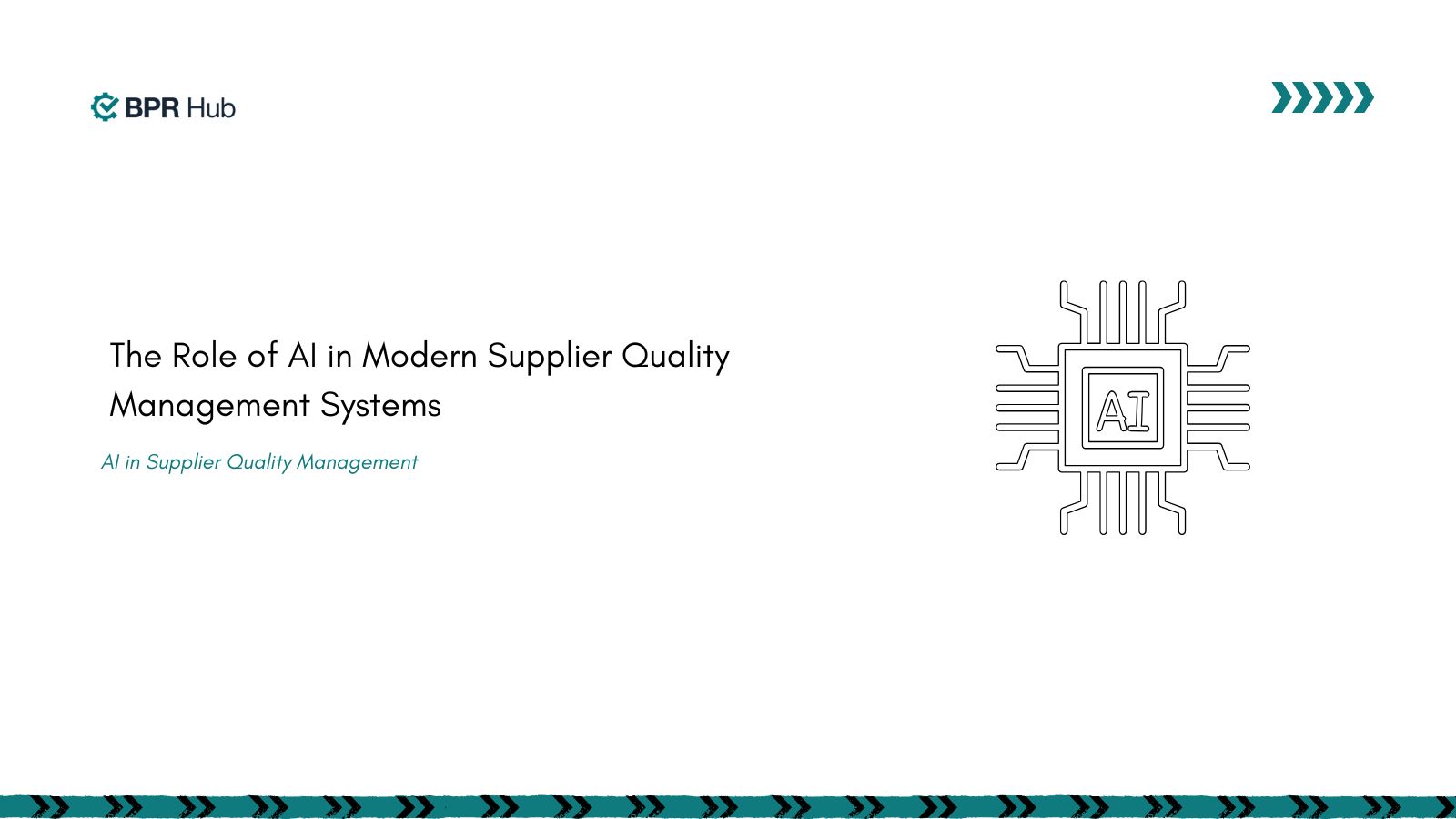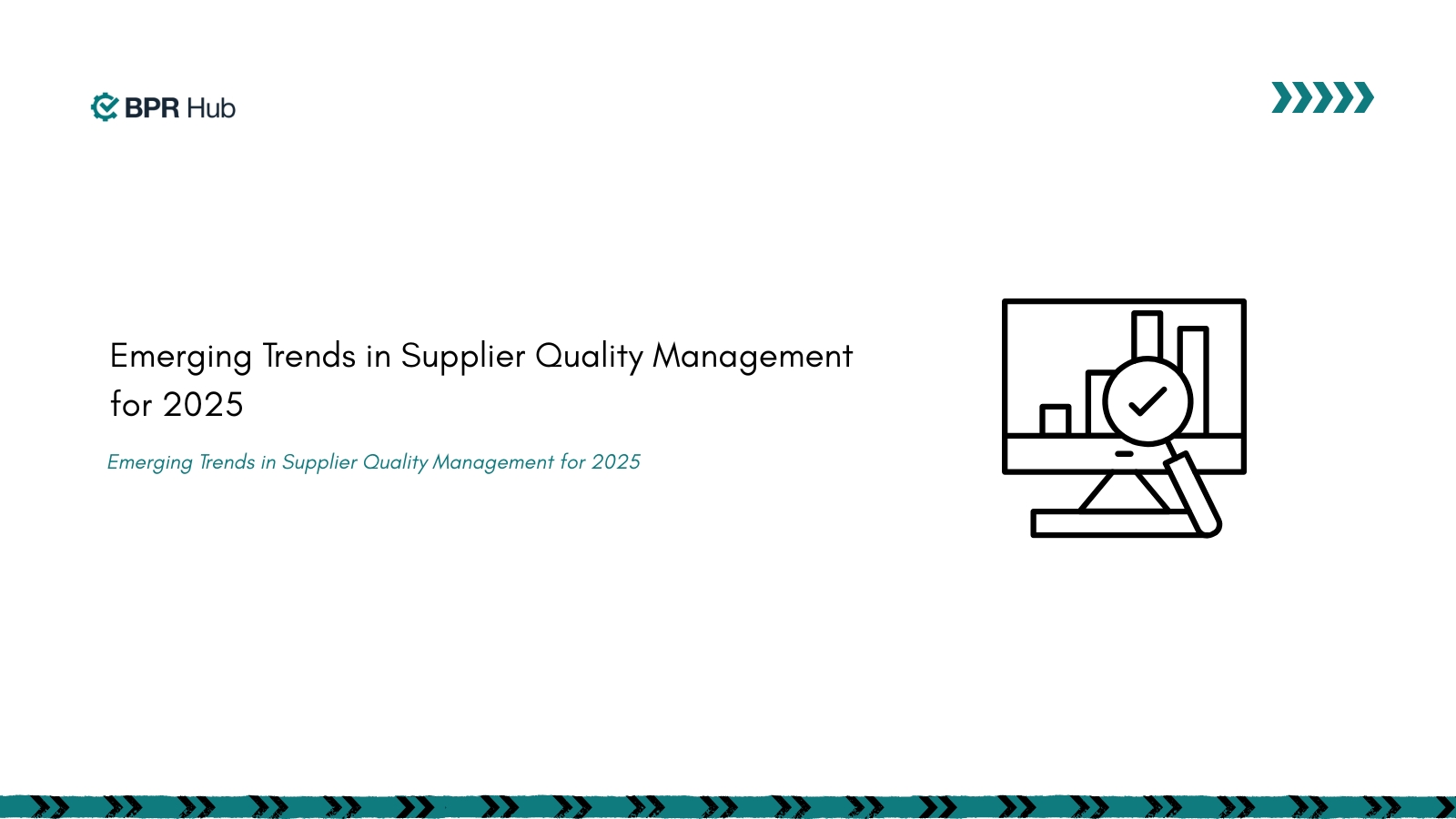Suppose walking through your manufacturing floor and knowing, with confidence, that every process is running at peak efficiency and compliance. Sounds ideal, right? Gaining this level of certainty starts with one essential tool: a well-structured manufacturing audit checklist. This guide isn’t just a formality. It’s your roadmap to uncover inefficiencies, ensure quality standards, and maintain regulatory compliance without missing a beat.
In this blog, we’ll break down the key components of an effective manufacturing audit checklist. From understanding its purpose to exploring how to implement it for your operations, you’ll gain actionable insights to make audits less stressful. Let’s dive in and simplify the path to better manufacturing oversight by understanding it briefly.
What is a Manufacturing Audit Checklist?
A manufacturing audit checklist is a structured tool designed to ensure that production processes meet specific quality, safety, and compliance standards. It serves as a comprehensive guide for evaluating operations, identifying gaps, and implementing corrective actions. This checklist can cover various aspects, including raw material quality, equipment functionality, worker safety protocols, and adherence to industry regulations.
Typically, manufacturing audits are conducted by internal quality assurance teams, third-party inspectors, or external auditors specializing in regulatory compliance. Each plays a crucial role in ensuring your operations meet both organizational and customer expectations. With a clear understanding of what a checklist entails, let’s explore how using one can benefit your manufacturing processes.
Advantages of Using a Manufacturing Audit Checklist
Manufacturing audit checklist is a practical tool that helps identify areas for improvement and maintain operational excellence, which directly supports your product quality.
Here are the key benefits:
- Improved Quality Control
A manufacturing audit checklist ensures consistent product quality by identifying defects and reinforcing quality assurance measures. - Regulatory Compliance
It helps you stay in line with industry regulations, avoiding costly penalties and maintaining operational legality. - Operational Efficiency
By pinpointing inefficiencies, it enables streamlined workflows and more effective use of resources. - Cost Reduction
Proactively addressing issues through audits prevents waste, minimizes downtime, and ensures resource optimization. - Enhanced Customer Trust
Delivering high-quality, reliable products strengthens customer confidence and bolsters your business reputation. - Risk Mitigation
Early identification of potential issues minimizes risks and reduces the likelihood of disruptions.
Manufacturers like you have successfully reduced 50% quality costs using digital software tools for audit checklists. To get that same or even better result, Check Out BPR Hub and elevate your business now.
With these benefits in mind, it’s essential to understand what goes into creating an effective audit checklist. In the next section, we’ll explore different types of manufacturing audit checklists to ensure consistent production outcomes.
What are the Types of Manufacturing Audits?
Businesses that consistently perform supply chain audits save up to 15% in logistics costs, highlighting the tangible benefits of structured evaluations. Each type of checklist audit serves a unique purpose, addressing different areas of manufacturing to maintain efficiency, quality, and compliance. Understanding these types allows you to implement a well-rounded approach to your audits.
Here are the four types of checklist audits explained in detail:
1. Process Audit
A Process Audit ensures manufacturing processes follow standards and guidelines. It focuses on:
- Efficiency: Evaluating process performance.
- Adherence to SOPs: Ensuring consistency with standard procedures.
- Deviation Detection: Identifying inefficiencies or inconsistencies.
- Continuous Improvement: Highlighting areas for process optimization.
2. Product Audit
A Product Audit ensures that finished goods meet quality specifications. It includes:
- Defect Inspection: Checking for defects that affect functionality or safety.
- Material Integrity: Ensuring quality materials are used.
- Functionality Testing: Verifying the product performs as expected.
- Customer Satisfaction: Ensuring the product meets customer and regulatory expectations.
3. System Audit
A System Audit evaluates the manufacturing framework, including workflows, equipment, and systems. It covers:
- Workflow Efficiency: Ensuring smooth integration across departments.
- Equipment Performance: Verifying machinery is efficient and well-maintained.
- Compliance: Checking adherence to regulations and internal policies.
- Optimization: Identifying areas for system improvements.
4. Compliance Audit
A Compliance Audit ensures adherence to regulations and legal requirements. It involves:
- Regulatory Adherence: Verifying compliance with industry and safety standards.
- Environmental Compliance: Ensuring operations meet environmental guidelines.
- Risk Mitigation: Identifying potential legal risks.
- Safety Protocols: Ensuring proper safety measures are in place.
These audits, when combined, provide a comprehensive picture of your operations, helping you identify areas for improvement and maintain excellence. Let’s break down the key components that make it a powerful tool for your manufacturing operations.
What are the Key Components of a Manufacturing Audit Checklist?
Creating a manufacturing audit checklist involves covering all critical areas of your production process to maintain consistency and quality. According to a recent survey, 73% of customers link their overall experience to product quality. A comprehensive checklist ensures that every stage of manufacturing is inspected thoroughly, leaving no room for errors that could affect customer satisfaction.
Below are the essential components of a robust manufacturing audit checklist, each designed to address specific aspects of your production process:
1. Unique Identifier
Every product or batch must have a unique identifier to promote traceability. This helps track items through the production cycle and identify them in case of any defects or issues.
- Product code or SKU
- Batch or lot number
- Serial number
- Purchase order number
- Auditor identification number
2. Location on the Production Line
Tracking where an item is in the production process delivers efficiency and allows for targeted inspections.
- The raw material input area
- Initial assembly line
- Quality control station
- Final assembly line
- Packaging zone
3. Visual Inspection
A thorough visual check confirms that each product meets aesthetic and functional expectations.
- Surface finish and cleanliness
- Color consistency
- Presence of labels or tags
- Assembly alignment
- Damage or defects
4. Weight and Materials Assessments
Ensuring products and their materials meet weight and quality specifications and maintaining consistency across batches.
- Individual component weight
- Finished product weight
- Type and source of raw materials
- Material certifications and handling
- Weight compliance with limits
5. Functionality and Operations
Evaluating how equipment and processes perform helps maintain production flow and meet standards.
- Machine calibration logs
- Worker adherence to SOPs
- Equipment maintenance records
- Workflow efficiency
- Production speed
6. Packaging Integrity
Packaging establishes product safety during transit and enhances customer presentation.
- Packaging materials and design integrity
- Label accuracy and clarity
- Sealing and closure quality
- Protective features
- Print clarity
7. Defect Logging and Assessment
Recording and analyzing defects verifies continuous improvement in quality control processes.
- Types and frequency of defects
- Severity ratings
- Corrective actions taken
- Recurrence tracking
- Non-compliance resolution
8. Signatures for Verification
Signatures provide accountability and formalize the audit process.
- Auditor’s signature
- Supervisor’s signature
- Quality control manager’s signature
- Production manager’s signature
- Date of audit completion
By incorporating these components, your checklist becomes a reliable tool for improving quality, reducing risks, and meeting customer expectations. As you have already figured out the components, your business needs to know about the implementation process.
How to Implement a Manufacturing Audit Checklist?
A well-executed manufacturing audit checklist can reduce defects by 50%, ensuring consistent quality and streamlined operations. By following these seven essential steps, you’ll have a clear roadmap to assess, document, and improve your manufacturing processes efficiently.
Step 1: Define the Audit Scope
- Establish the audit’s purpose: process adherence, product quality, system functionality, or compliance.
- Specify focus areas (e.g., product specifications or regulatory requirements).
- Incorporate product identifiers (serial numbers, SKUs) for traceability.
- Ensure clarity to keep the audit on track and provide a clear assessment framework.
Step 2: Conduct a Visual Inspection
- Examine products for visible defects (scratches, discoloration, assembly issues, etc.).
- Document findings and compare to predefined quality standards.
- Ensure products meet customer expectations and internal benchmarks.
Step 3: Verify Product Functionality
- Test key operational features (moving parts, electrical components, mechanical systems).
- Identify and address potential failures before reaching the market.
- Prevent issues that could lead to returns or recalls.
Step 4: Evaluate Material and Packaging Quality
- Inspect materials for defects like cracks, dents, or impurities.
- Assess packaging for structural integrity, sealing, and labeling accuracy.
- Ensure packaging protects the product and enhances customer perception.
Step 5: Log Non-Conformance Issues
- Record detailed descriptions of non-conformance, including defect type and frequency.
- Attach photos or videos for clearer communication and efficient corrective actions.
- Build a historical record for analyzing trends and improving future audits.
Step 6: Develop Corrective Action Plans
- Assign responsibility and deadlines for addressing defects or inefficiencies.
- Create specific, measurable, and achievable actions to resolve issues.
- Promote continuous improvement and prevent future defects.
Step 7: Finalize the Audit
- Compile findings into an acceptance report summarizing key observations.
- Include a recommendation: approve, conditionally approve, or reject the batch.
- Provide clear conclusions on whether the products/processes meet required standards.
By following these steps, you can use a checklist as a powerful tool to improve operational efficiency and maintain product excellence. Even with a strong checklist, challenges can arise that impact its effectiveness. Let’s break down some common hurdles manufacturers face and how to address them head-on.
Common Challenges in Implementing a Manufacturing Audit Checklist
Implementing a manufacturing audit checklist can significantly enhance efficiency, but it is not without its challenges. From ensuring consistent implementation to handling resource limitations, these obstacles can affect audit outcomes. Understanding these challenges allows you to develop strategies to address them effectively.
Below is a table outlining some common challenges and potential solutions:
By tackling these challenges with practical solutions, you can maximize the effectiveness of your manufacturing audit checklist and ensure long-term success in your operations. Stop juggling every responsibility in your business alone and tackle these challenges with BPR Hub’s Audit Hub.
Future-Proof Your Manufacturing with BPR Hub’s Audit Solutions
Adapting to evolving manufacturing challenges requires tools that not only meet today’s demands but also anticipate tomorrow’s needs. BPR Hub provides a suite of solutions to simplify and enhance your manufacturing audit checklist processes, ensuring your operations remain efficient and compliant in 2024.
How BPR Hub Supports Manufacturing Audit Checklists
- Real-Time Audit Tracking
BPR Hub’s platform enables instant data logging and tracking, ensuring audits are accurate and up-to-date. This eliminates manual errors and keeps stakeholders informed at every stage. - Centralized Audit Management
With its advanced management capabilities, BPR Hub identifies recurring defects or inconsistencies across production lines, allowing teams to address issues proactively. - Customizable Checklists
Tailor audit checklists to meet specific production requirements and industry standards. The platform provides templates that can be adapted to various processes, ensuring audits align with operational goals. - Seamless Collaboration Across Teams
The platform fosters real-time collaboration between auditors, supervisors, and management, making it easier to resolve issues and implement corrective actions.
By integrating BPR Hub into your audit processes, you’re not just addressing current challenges—you’re building a resilient foundation for the future. Contact BPR Hub Now to Get 100% off on your first demo. Embrace tools designed to keep your manufacturing operations agile and ahead of the curve.
Frequently Asked Questions
1. How often should manufacturing audits be conducted?
The frequency of manufacturing audits depends on the industry, company size, and regulatory requirements. Typically, monthly or quarterly audits are recommended for high-risk industries such as food production or pharmaceuticals. However, annual audits might suffice for industries with lower compliance demands.
2. Can a digital audit checklist replace manual audits completely?
Yes, a digital audit checklist can streamline and improve efficiency by automating data collection, analysis, and reporting. However, manual oversight may still be needed for unique scenarios or areas requiring subjective judgment, such as evaluating employee performance or facility conditions.
3. What qualifications should an internal auditor have for conducting manufacturing audits?
Internal auditors should have the following:
- A thorough understanding of the company’s production processes.
- Familiarity with industry standards and regulations.
- Strong attention to detail and analytical skills.
- Training or certification in auditing practices (e.g., ISO standards training).
4. What is the role of suppliers in manufacturing audits?
Suppliers play a crucial role in manufacturing audits as they directly impact product quality and compliance. Audits often include verifying supplier certifications, inspecting raw material quality, and ensuring their processes align with regulatory and contractual requirements.
5. How do manufacturing audits support sustainability goals?
Manufacturing audits identify inefficiencies in processes, resource usage, and waste management. By addressing these areas, companies can:
- Reduce energy consumption.
- Minimize material waste.
- Implement eco-friendly practices.
This alignment with sustainability goals enhances corporate responsibility and reduces environmental impact.
Get insights that help you minimize risks and maximize profits.
Dive deeper into manufacturing compliance with our free resources.
We get it, compliance can get tough.
Here are some additional resources to help.
We get it, compliance can get tough. Here are some additional resources to help.
Get updates in your inbox

.svg)
%20(1).svg)


.jpg)


%20(1).svg)

.avif)

